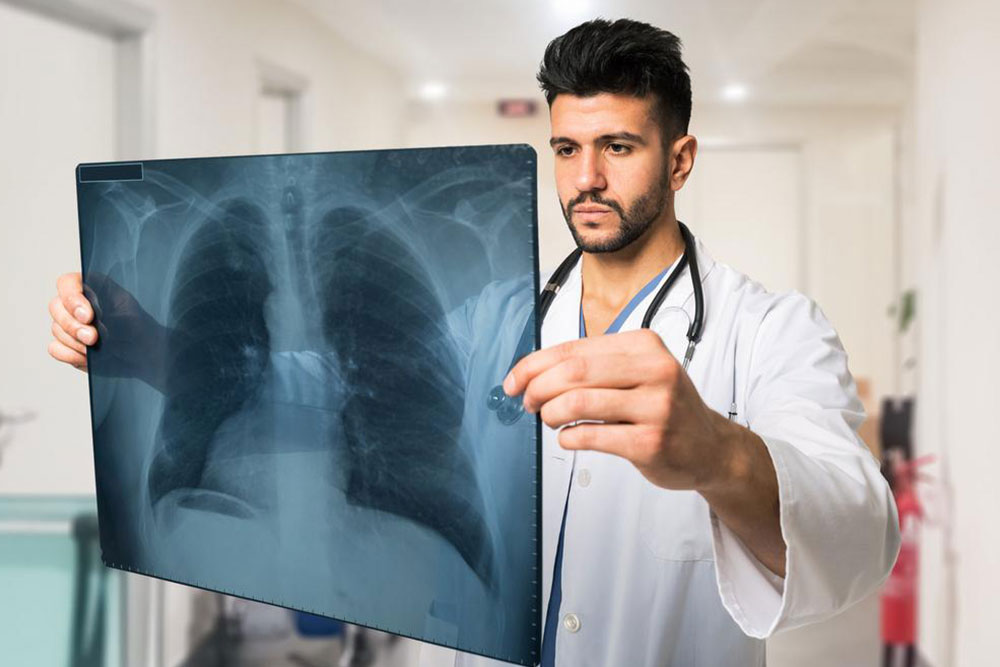A Complete Overview of Lung and Respiratory Disorders
This article provides an in-depth overview of respiratory system structure, common respiratory diseases such as COPD, asthma, and infections, and their causes. It explains how breathing functions and details the classification of respiratory ailments by affected regions and origins. An essential guide for understanding pulmonary health and related medical conditions.

A Complete Overview of Lung and Respiratory Disorders
The human respiratory system comprises specialized organs that facilitate breathing. Air enters through the nose to be warmed and filtered before passing through the sinuses and mouth into the pharynx. It then moves to the larynx and trachea, which branches into bronchi leading into the lungs. Inside, bronchial tubes divide into smaller bronchioles ending in alveoli, tiny air sacs where oxygen is absorbed into the bloodstream and carbon dioxide is expelled.
Breathing is an automatic process driven by the diaphragm. During inhalation, the diaphragm flattens, expanding the chest cavity and drawing air in; exhalation occurs as it relaxes.
Respiratory diseases are categorized based on affected areas: upper or lower respiratory tracts, with the lungs and bronchi being part of the lower tract.
These conditions are also classified by their origin: obstructive (like asthma and bronchitis), restrictive (such as pulmonary fibrosis and sarcoidosis), or vascular (including pulmonary hypertension and edema).
Common respiratory conditions include COPD, often caused by prolonged lung irritation. Other prevalent issues are chronic bronchitis, which increases mucus production, and emphysema, which damages alveolar walls, hindering airflow. Asthma involves recurrent airway narrowing that complicates breathing. Respiratory infections can exacerbate these diseases, posing significant health threats.


